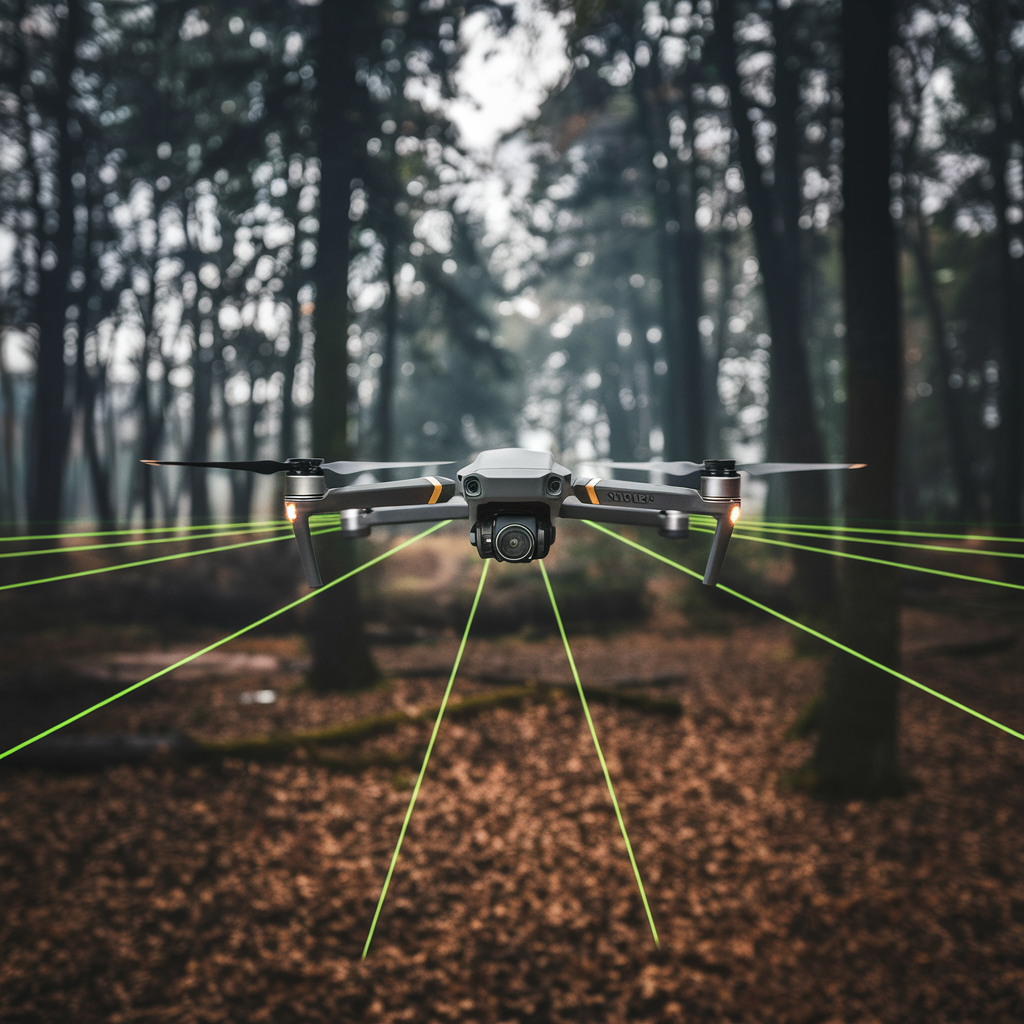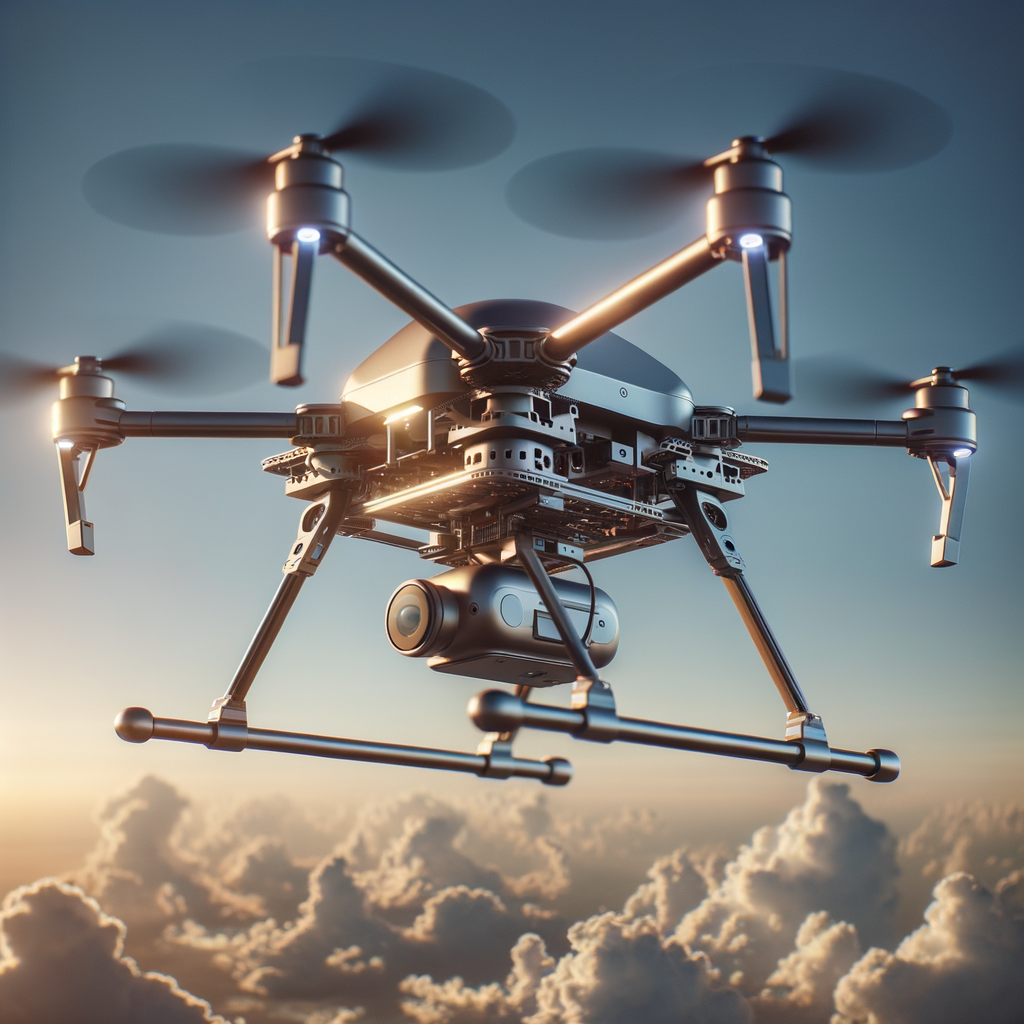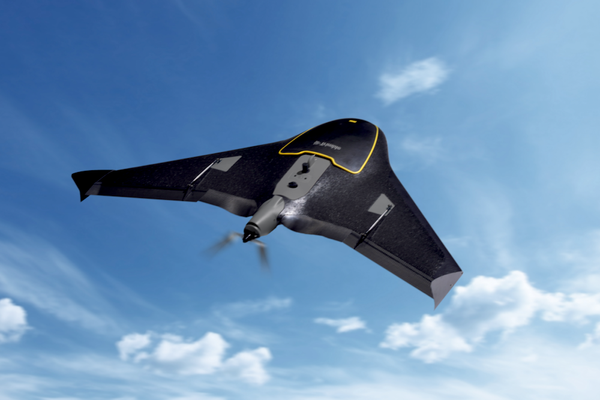Key Takeaways:
- Large drones are transforming industries with their advanced capabilities and operational efficiency.
- Regulatory frameworks by federal and state officials are crucial for safe drone operations.
- Public safety and privacy concerns are at the forefront of discussions about large drone usage.
Introduction to Large Drones
Large drones, often seen as the giants of the sky, are revolutionizing various sectors with their impressive capabilities.
Unlike their smaller counterparts, these drones are typically equipped with advanced technologies such as active phased array radars, making them suitable for challenging environments.
From military research to commercial applications, the potential uses for large drones are vast and varied.
The Federal Aviation Administration (FAA) plays a pivotal role in regulating drone activity, ensuring that these flying machines operate safely within the national airspace.
As drone technology continues to evolve, federal and state officials are actively monitoring developments to address public safety and privacy concerns.
This article delves into the multifaceted world of large drones, exploring their applications, regulatory challenges, and future prospects.
The Rise of Large Drones
The demand for large drones has surged in recent years, driven by their ability to perform tasks that were once the domain of manned aircraft.
These drones, often weighing several hundred pounds, are capable of carrying substantial payloads, making them ideal for industries such as agriculture, logistics, and surveillance.
The operational efficiency of large drones is unmatched, allowing businesses to streamline processes and reduce costs.
In New Jersey, the state police have been at the forefront of integrating large drones into their operations.
By leveraging drone technology, they can conduct aerial surveillance, monitor traffic, and assist in search and rescue missions.
The New Jersey State Police's use of drones highlights the growing acceptance of these machines in law enforcement and public safety sectors.
Regulatory Frameworks and Challenges
Navigating the regulatory landscape for large drones is no small feat. The FAA, along with federal and state officials, has established a comprehensive set of rules to govern drone operations.
These regulations are designed to ensure that drones do not pose a threat to public safety or infringe on privacy rights.
Drone flight restrictions are in place to prevent potential collisions with manned aircraft and to protect sensitive areas.
Federal authorities are also investigating reports of unauthorized drone activity, particularly in areas near airports and military installations.
The presence of large drones in these zones can pose significant risks, prompting authorities to take swift action.
As the popularity of large drones continues to grow, it is crucial for drone operators to stay informed about the latest regulations and adhere to them diligently.
Applications in Military and Defense
Large drones have become an integral part of military operations, offering capabilities that enhance situational awareness and mission effectiveness.
Equipped with cutting-edge technology, these drones can conduct reconnaissance, surveillance, and target acquisition with precision.
The military's use of drones has expanded significantly, with ongoing research and development efforts aimed at further enhancing their capabilities.
The Picatinny Arsenal in New Jersey is one such facility where military research on drones is conducted.
This manufacturing facility is known for its innovative work in developing advanced drone systems for defense applications.
Commercial and Industrial Uses
In the commercial sector, large drones are transforming industries by offering new ways to conduct business.
Companies are increasingly using drones for tasks such as aerial photography, infrastructure inspection, and agricultural monitoring.
The ability to capture high-resolution images and data from the sky provides businesses with valuable insights that can drive decision-making and improve operational efficiency.
For instance, in agriculture, drones are employed to observe crop health, evaluate soil conditions, and enhance irrigation methods.
This data-driven approach enables farmers to increase yields and reduce resource consumption. Similarly, in the construction industry, drones are employed to survey sites, track progress, and ensure safety compliance.
Public Safety and Emergency Response
Large drones are playing a crucial role in enhancing public safety and emergency response efforts.
Drones provide real-time aerial views of crime scenes, traffic accidents, and natural disasters, enabling authorities to make informed decisions quickly.
In Cherry Hill, residents share stories of how drones have been used to locate missing persons and assess damage after severe weather events.
The ability to deploy drones rapidly in emergency situations can save lives and minimize property damage.
As drone technology continues to advance, its applications in public safety are expected to expand further, offering new ways to protect communities.
Privacy Concerns and Ethical Considerations
The widespread use of large drones has raised significant privacy concerns among the public.
The ability of drones to capture detailed images and video footage from the sky has led to fears of surveillance and intrusion into private spaces.
Federal and state officials stress the importance of balancing the benefits of drone technology with the need to protect individual privacy rights.
Government officials are actively investigating reports of unauthorized drone flights that may infringe on privacy.
The development of clear guidelines and ethical standards for drone operations is essential to address these concerns.
Revolutionizing Farming Practices
In the agricultural sector, large drones are transforming traditional farming methods by offering innovative solutions for crop management and monitoring.
These drones, often resembling fixed-wing aircraft, are capable of covering vast areas efficiently, providing farmers with detailed aerial views of their fields.
By utilizing drones weighing several kilograms, farmers can gather crucial data on crop health, soil conditions, and pest infestations.
This technology not only enhances productivity but also reduces the need for manual labor, making it a game-changer in modern agriculture.
Moreover, the stability and precision of large drones flying over agricultural lands ensure accurate data collection, which is vital for making informed decisions.
For instance, in New Jersey, the government has been exploring the use of drones to monitor the Raritan River's impact on nearby farmlands.
These flights have happened under strict regulations to ensure safety and privacy.
As Bruce Shipkowski from the New Jersey Department of Agriculture notes, "The integration of drones in farming is not just a trend but a necessity for sustainable agriculture."
Enhancing National Safety
Large drones play a pivotal role in homeland security by providing surveillance and reconnaissance capabilities that are crucial for national safety.
These drones, akin to possible fixed-wing aircraft, are deployed in several areas to monitor borders, track illegal activities, and support disaster response efforts.
The FBI and other agencies utilize these flying drones to gather intelligence and respond swiftly to potential threats, ensuring the safety of citizens and infrastructure.
In addition to surveillance, large drones contribute to stability in emergency situations by offering real-time data and communication support.
For example, during natural disasters, drones can quickly assess damage and locate survivors, facilitating efficient rescue operations.
Technological Advancements and Innovations
The rapid pace of technological advancements in the drone industry is driving innovation and expanding the capabilities of large drones.
From improved battery life to enhanced navigation systems, these innovations are making drones more efficient and reliable.
The integration of artificial intelligence and machine learning is also enabling drones to perform complex tasks autonomously.
One notable advancement is the development of active phased array radars, which allow drones to operate effectively in challenging conditions.
These radars provide superior detection and tracking capabilities, making them ideal for applications in defense and security.
Environmental Impact and Sustainability
The environmental impact of large drones is an important consideration as their use becomes more widespread.
While drones offer numerous benefits, such as reducing the need for manned aircraft and lowering carbon emissions, they also pose challenges related to noise pollution and wildlife disturbance.
It is crucial for drone operators to be aware of these issues and take steps to mitigate their impact.
Efforts are underway to develop more sustainable drone technologies, including the use of renewable energy sources and eco-friendly materials.
Economic Impact and Market Trends
The economic impact of large drones is significant, with the global drone market experiencing rapid growth.
The increasing adoption of drones across various industries is driving demand for advanced drone systems and services.
This trend is creating new opportunities for businesses and entrepreneurs, as well as generating jobs in manufacturing, research, and development.
In York, for example, drone sales have surged as companies seek to leverage the benefits of this technology.
The economic potential of large drones is vast, with applications ranging from logistics and transportation to entertainment and media.
As the market continues to expand, businesses that embrace drone technology are well-positioned to gain a competitive edge.
Safety Measures and Risk Management
Ensuring the safety of large drone operations is a top priority for federal and state officials.
The FAA has implemented stringent safety measures to prevent accidents and incidents involving drones.
These measures include mandatory registration, pilot certification, and adherence to flight restrictions.
Drone operators must also conduct pre-flight checks and maintain situational awareness at all times.
Authorities investigate any reported incidents involving drones to identify potential risks and implement corrective actions.
By fostering a culture of safety and compliance, the drone industry can minimize risks and ensure the safe integration of drones into the national airspace.
Ongoing education and training for drone operators are essential to maintaining high safety standards.
Future Prospects and Challenges
The future of large drones is bright, with continued advancements in technology and increasing acceptance across industries.
However, challenges remain, particularly in terms of regulatory compliance and public perception.
As drones become more prevalent, it is crucial for stakeholders to work together to address these challenges and unlock the full potential of this technology.
Federal officials are actively engaged in shaping the future of drone regulations, with a focus on fostering innovation while ensuring safety and security.
By collaborating with industry leaders, government agencies can develop policies that support the growth of the drone industry while addressing public concerns.
The journey ahead is promising, with large drones poised to play a transformative role in the years to come.
Summary
Large drones are reshaping industries and redefining possibilities with their advanced capabilities and operational efficiency. From military applications to commercial uses, these drones offer a wide range of benefits, including enhanced situational awareness, cost savings, and improved safety. However, the rise of large drones also presents challenges related to regulation, privacy, and environmental impact.
Federal and state officials are actively working to address these challenges by implementing comprehensive regulatory frameworks and promoting responsible drone operations. As technology continues to evolve, the potential uses for large drones are expected to expand, offering new opportunities for businesses and communities alike. By embracing innovation and prioritizing safety, the drone industry can unlock the full potential of this transformative technology.
FAQ
What are the main applications of large drones?
Large drones are used in various sectors, including military, commercial, and public safety. They are employed for tasks such as surveillance, reconnaissance, infrastructure inspection, and agricultural monitoring. Their ability to carry substantial payloads and capture high-resolution data makes them valuable tools across industries.
How are large drones regulated?
The Federal Aviation Administration (FAA) regulates large drones through a comprehensive set of rules designed to ensure safety and privacy. These regulations include mandatory registration, pilot certification, and adherence to flight restrictions. Federal and state officials are also involved in monitoring drone activity and investigating reports of unauthorized flights.
What are the privacy concerns associated with large drones?
Privacy concerns related to large drones stem from their ability to capture detailed images and video footage from the sky. There are fears of surveillance and intrusion into private spaces. To address these concerns, authorities are developing guidelines and ethical standards for drone operations, emphasizing transparency and accountability.

RELATED ARTICLES:








